Dashboard: Filter Bricks
Main page content



This report provides key findings from the 2022 National Survey on Drug Use and Health (NSDUH) on substance use, mental health, and treatment among the noninstitutionalized U.S. population aged 12 or older. Estimates are presented by age group and by race/ethnicity for selected measures.
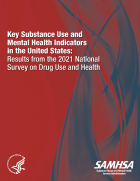
Read key findings from the 2021 National Survey on Drug Use and Health (NSDUH) on substance use, mental health, and treatment. Metrics in the report cover the civilian, noninstitutionalized US population ages 12 and older. Estimates are presented by age group and by race/ethnicity for selected measures. Unlike other NSDUH Annual National Reports, the 2021 report has no discussion of trends over time, because changes in survey methodology mean the indicators are not comparable to past NSDUH estimates.
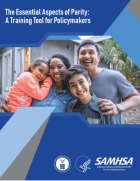
This document provides an overview of essential information necessary for understanding mental health and substance use disorder parity and how to implement and comply with federal parity laws. This guide applies to parity laws in employer-sponsored health plans and group and individual insurance.
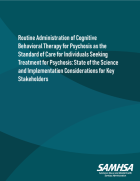
This guide provides mental health decision-makers (e.g., state/local mental health directors, treatment facility clinical directors, and other stakeholders) with rationale and evidence to support wide-spread expansion of Cognitive Behavioral Therapy for Psychosis (CBTp) across mental health systems.
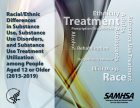
This chartbook uses combined 2015 to 2019 data from the National Survey on Drug Use and Health (NSDUH) to present nationally representative estimates of substance use, substance use disorders, and substance use treatment utilization among people aged 12 or older within different racial/ethnic groups in the United States. The percentages are annual averages.
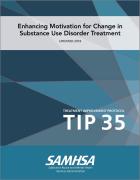
This updated TIP includes the latest evidence on motivation-enhancing approaches and strategies. It describes how substance use disorder treatment providers can use these approaches and strategies to increase participation and retention in substance use disorder treatment.

This brochure provides an overview of the Sequential Intercept Model (SIM). The SIM is a strategic planning tool that helps communities better understand the gaps and resources they have in helping those with mental illness or substance use disorders who are in the criminal justice system.
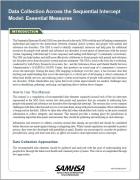
This manual provides a starting place for jurisdictions looking to use data to better understand and improve the outcomes of people with mental and/or substance use disorders who come into contact with the criminal justice system.
Displaying 1 - 10 out of 52

